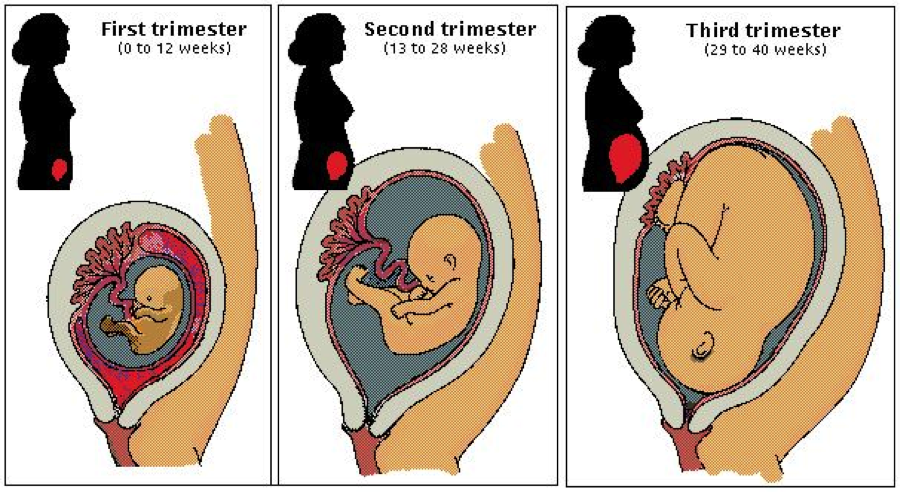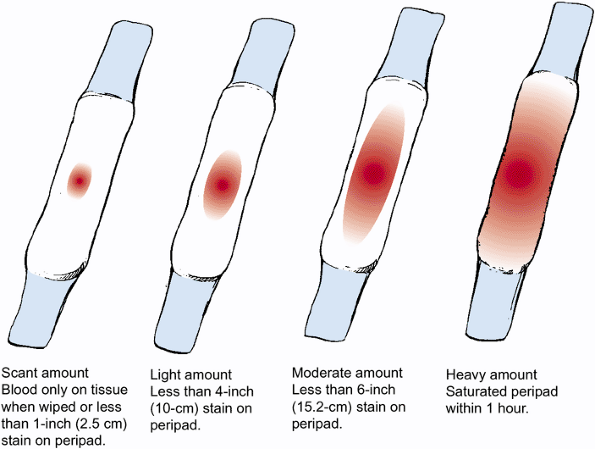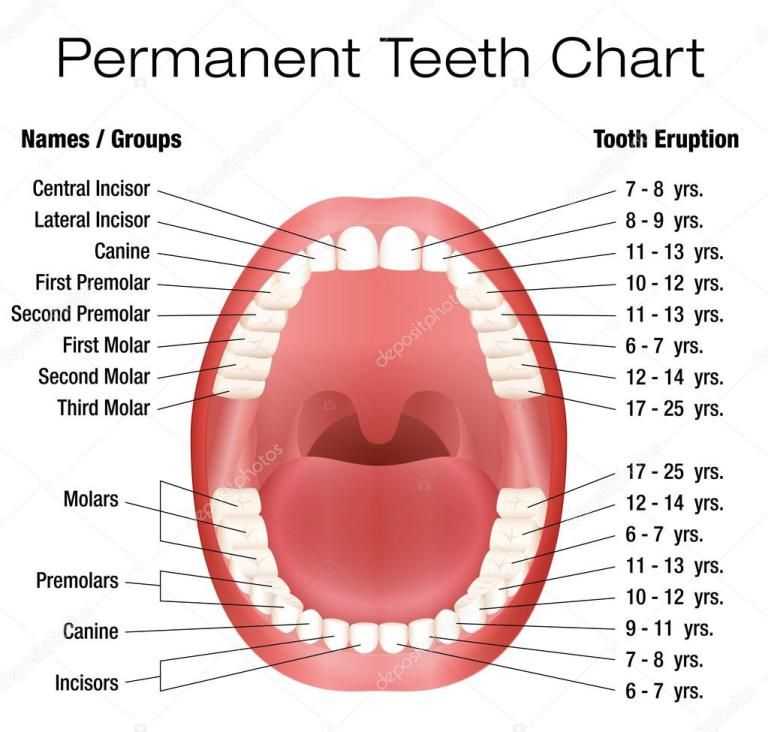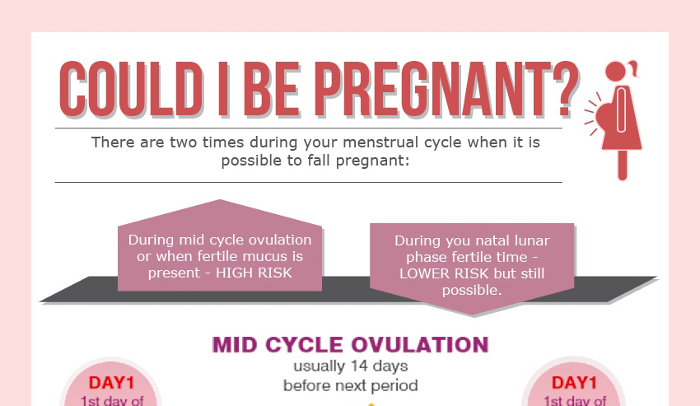Contracted uterus during pregnancy
Contractions and signs of labor
Learning the signs of labor before your due date can help you feel ready for your baby’s birth.
Signs of labor include strong and regular contractions, pain in your belly and lower back, a bloody mucus discharge and your water breaking.
If you think you’re in labor, call your health care provider.
Not all contractions mean you're in true labor. Learning the difference between true and false labor can help you know when it’s the real thing.
What is labor?
Labor (also called childbirth) is the process of your baby leaving the uterus (womb). You’re in labor when you have regular contractions that cause your cervix to change. Contractions are when the muscles of your uterus get tight and then relax. Contractions help push your baby out of your uterus. Your cervix is the opening to the uterus that sits at the top of the vagina. When labor starts, your cervix dilates (opens up).
As you get closer to your due date, learning the signs of labor can help you feel ready for labor and birth. If you have any signs of labor, call your health care provider.
What are the signs of labor?
You know you’re in true labor when:
- You have strong and regular contractions. A contraction is when the muscles of your uterus tighten up like a fist and then relax. Contractions help push your baby out. When you’re in true labor, your contractions last about 30 to 70 seconds and come about 5 to 10 minutes apart. They’re so strong that you can’t walk or talk during them. They get stronger and closer together over time.
- You feel pain in your belly and lower back. This pain doesn't go away when you move or change positions.
- You have an increase in vaginal discharge that can be clear, pink or slightly bloody (brownish or reddish). This is called bloody show. It can happen a few days before labor or at the beginning of labor.
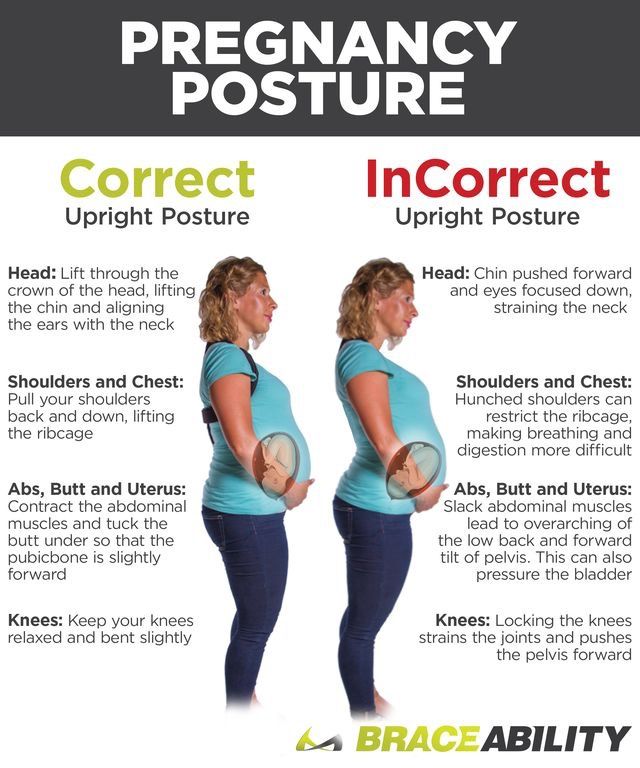 If you have bright red bleeding or if the bleeding is heavy, tell your provider right away.
If you have bright red bleeding or if the bleeding is heavy, tell your provider right away. - Your water breaks. Your baby has been growing in amniotic fluid (the bag of waters) in your uterus. When the bag of waters breaks, you may feel a big rush of water. Or you may feel just a trickle.
If you think you’re in labor, call your health care provider, no matter what time of day or night. Your provider can tell you if it’s time to head for the hospital. To see for sure that you’re in labor, your health care provider measures your cervix.
What are signs that you may be close to starting labor?
You may be close to starting labor if:
- Your baby drops or moves lower into your pelvis. This is called lightening. It means that your baby is getting ready to move into position for birth. It can happen a few weeks or even just a few hours before your labor begins.
- You have an increase in vaginal discharge that’s clear, pink or slightly bloody.
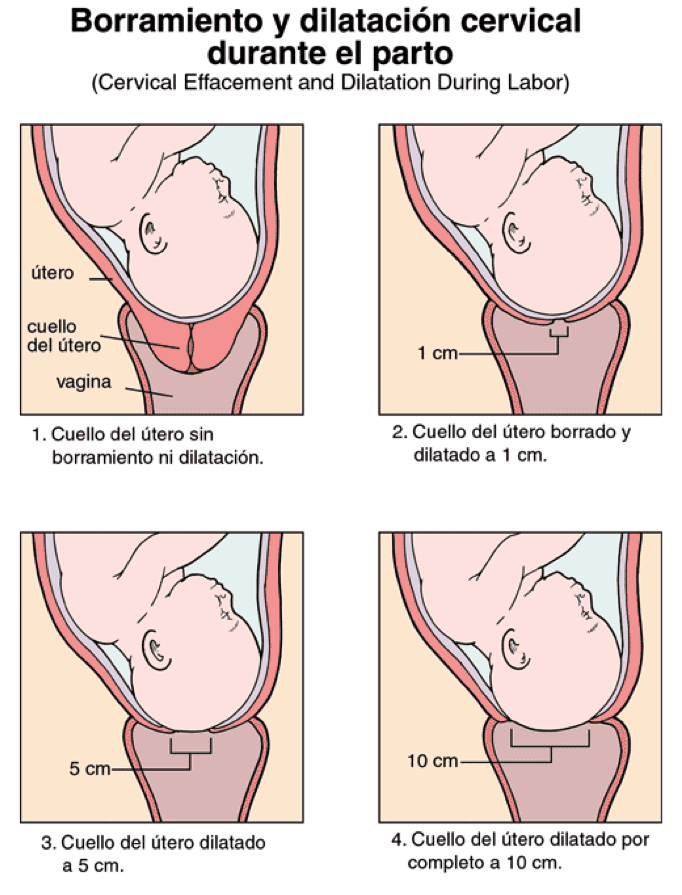 This is called show or bloody show. It can happen a few days before labor starts or at the beginning of labor.
This is called show or bloody show. It can happen a few days before labor starts or at the beginning of labor. - At a prenatal checkup, your health care provider tells you that your cervix has begun to efface (thin) and dilate (open). Before labor, your cervix is about 3.5 to 4 centimeters long. When it’s fully dilated (open) for labor, it’s 10 centimeters. Once labor starts, contractions help open your cervix.
- You have the nesting instinct. This is when you want to get things organized in your home to get ready for your baby. You may want to do things like cook meals or get the baby’s clothes and room ready. Doing these things is fine as long as you’re careful not to overdo it. You need your energy for labor and birth.
If you have any of these signs, you may start labor soon. Learn the signs of labor so you know when to call your provider.
What are false labor and Braxton-Hicks contractions?
Not all contractions mean you’re in labor.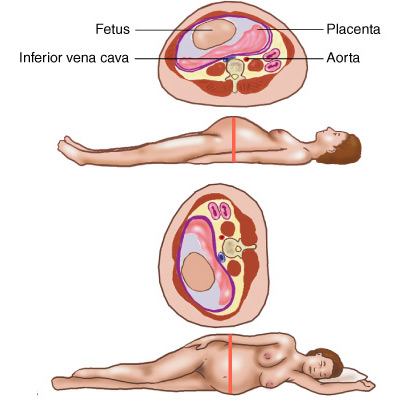 You may have contractions on and off before true labor starts. These contractions are called false labor or Braxton-Hicks contractions. They soften and thin the cervix to help your body get ready for labor and birth. You may feel them in the weeks right before your due date. Learning the differences between true labor contractions and false labor contractions can help you know when you’re really in labor.
You may have contractions on and off before true labor starts. These contractions are called false labor or Braxton-Hicks contractions. They soften and thin the cervix to help your body get ready for labor and birth. You may feel them in the weeks right before your due date. Learning the differences between true labor contractions and false labor contractions can help you know when you’re really in labor.
It can be hard to tell the difference between true labor and false labor. When you first feel contractions, time them. Write down how much time it takes from the start of one contraction to the start of the next. Make a note of how strong the contractions feel. Keep a record of your contractions for 1 hour. Walk or move around to see if the contractions stop when you change positions.
What is preterm labor?
Preterm labor is labor that begins too early, before 37 weeks of pregnancy. Premature babies (born before 37 weeks of pregnancy) can have health problems at birth and later in life.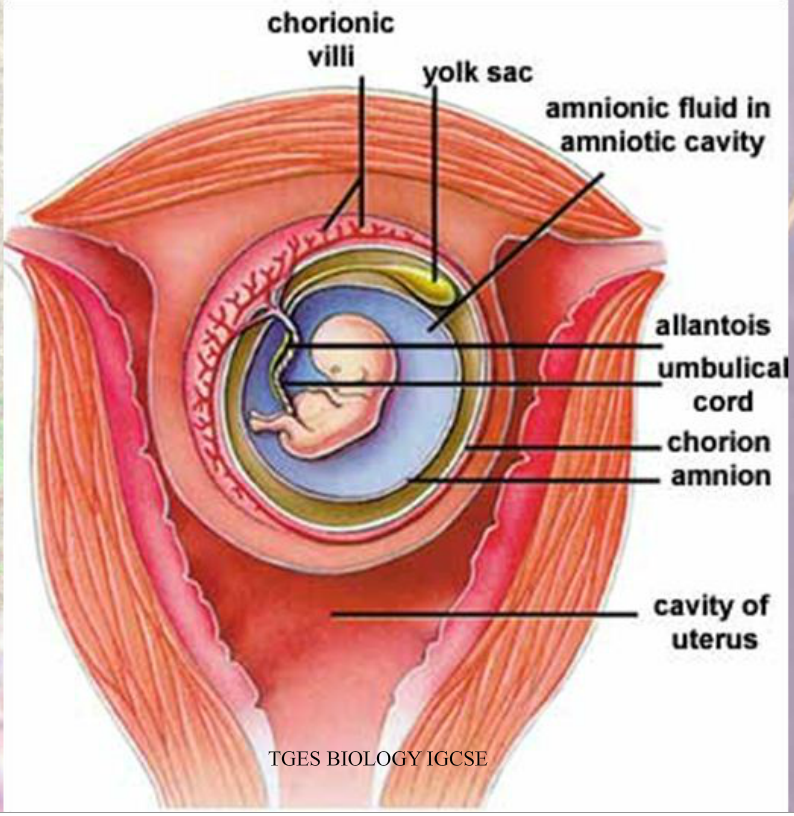 If you’re not to 37 weeks of pregnancy and you have signs or symptoms of preterm labor, call your provider. Getting help quickly is the best thing you can do. Learn about risk factors for preterm labor and what you can do to help reduce your risk.
If you’re not to 37 weeks of pregnancy and you have signs or symptoms of preterm labor, call your provider. Getting help quickly is the best thing you can do. Learn about risk factors for preterm labor and what you can do to help reduce your risk.
What are stages of labor?
Stages of labor include the whole process of labor, from your first contractions (stage 1) to pushing (stage 2) to delivery of the placenta (stage 3) after your baby is born. Learning about the stages of labor can help you know what to expect during labor and birth.
Last reviewed: December, 2018
Braxton Hicks contractions | Pregnancy Birth and Baby
Braxton Hicks contractions | Pregnancy Birth and Baby beginning of content4-minute read
Listen
If you feel tightening or cramping in your abdomen during your pregnancy, you may be having Braxton Hicks contractions.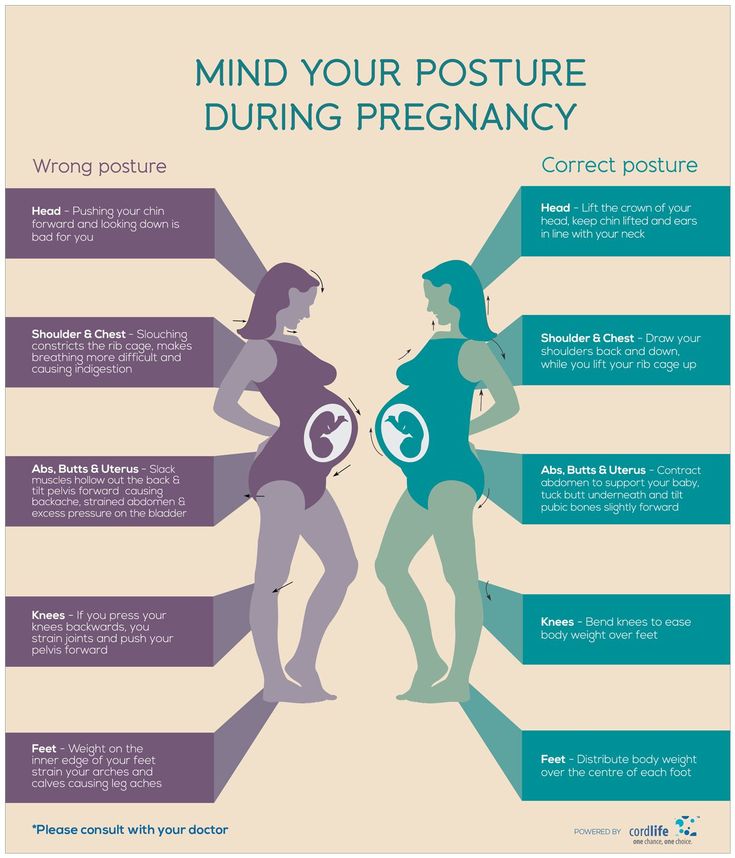 This is normal and not a sign that you’re ready to give birth.
This is normal and not a sign that you’re ready to give birth.
Braxton Hicks contractions are sometimes called ‘false’ or ‘practice’ contractions.
What are Braxton Hicks contractions?
Braxton Hicks contractions are a tightening in your abdomen that comes and goes. They are contractions of your uterus in preparation for giving birth. They tone the muscles in your uterus and may also help prepare the cervix for birth.
Braxton Hicks contractions don’t cause labour and aren’t a sign that labour is beginning.
If you’re not sure whether what you’re experiencing is Braxton Hicks contractions or actual labour, contact your doctor or midwife. They will be able to tell by doing a vaginal examination — if there are no signs that your cervix is changing, it is not labour.
What do they feel like?
Braxton Hicks contractions feel like muscles tightening across your belly, and if you put your hands on your belly when the contractions happen, you can probably feel your uterus becoming hard.
The contractions come irregularly and usually last for about 30 seconds. While they can be uncomfortable, they usually aren’t painful.
If the pain or discomfort of your contractions eases off, they’re probably Braxton Hicks contractions.
When do you get them?
Braxton Hicks contractions occur from early in your pregnancy but you may not feel them until the second trimester. If this is your first pregnancy, you might start to feel them from about 16 weeks. In later pregnancies, you may feel Braxton Hicks contractions more often, or earlier. Some women won’t feel them at all.
In late pregnancy, you may experience Braxton Hicks contractions more often — perhaps as much as every 10 to 20 minutes. This is a sign that you are preparing for labour — known as prelabour.
How are Braxton Hicks contractions different from labour pain?
There are some differences between Braxton Hicks contractions and true labour contractions that will help your doctor or midwife decide whether you are in labour:
Braxton Hicks contractions:
- don’t result in your cervix thinning and opening
- usually last for about 30 seconds
- can be uncomfortable, but usually aren’t painful
- come and go at irregular times
- usually occur no more than once or twice an hour (until late in the pregnancy), a few times a day
- usually stop if you change position or activity or go for a walk
- usually go if you have a warm bath or shower
Real labour contractions:
- result in your cervix thinning and opening
- last 30 to 70 seconds
- become very regular
- get closer together
- last longer as time goes by
- get stronger or come more often when you walk
- get stronger over time
Should I call my doctor or midwife?
If you are less than 37 weeks pregnant, contractions can be a sign of premature labour.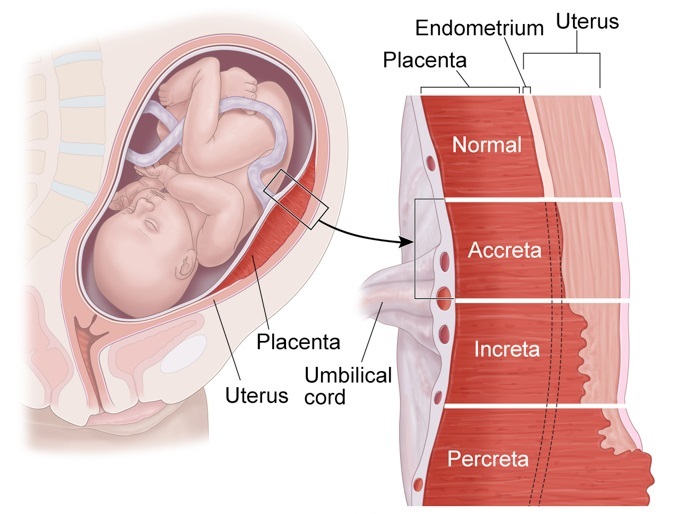 Contact your doctor or midwife immediately if:
Contact your doctor or midwife immediately if:
- you feel pain, pressure or discomfort in your pelvis, abdomen or lower back
- the contractions become stronger, closer together and more regular
- there is fluid leaking or gushing from your vagina
If you are full-term, you may choose to wait until a bit later in your labour, depending on what you have arranged with your doctor or midwife. If your waters break, or your contractions are strong and 5 minutes apart, it’s time to go to the hospital.
As any stage of pregnancy, you should contact your doctor or midwife immediately if you:
- you have persistent pain in your abdomen
- you have vaginal bleeding
- you notice your baby’s movements have slowed or stopped
- you feel very unwell
If you are in doubt, don’t hesitate to call your doctor or midwife for advice.
How can I ease the discomfort?
Braxton Hicks contractions are normal and don’t need treatment. But if you feel uncomfortable, you can try:
But if you feel uncomfortable, you can try:
- lying down
- taking a walk
- relaxing in a warm bath
- having a massage
It may help to practise your breathing exercises during your Braxton Hicks contractions.
Sources:
Raising Children Network (23 weeks pregnant), RANZCOG (Labour and birth), Elsevier Patient Education (Braxton Hicks Contractions)Learn more here about the development and quality assurance of healthdirect content.
Last reviewed: October 2020
Back To Top
Related pages
- Giving birth - stages of labour
- Health professionals involved in your pregnancy
- Signs of premature labour
Need more information?
Pregnancy at week 22
By week 22, some parts of your baby’s body are fully formed, while some women experience Braxton Hicks contractions about now.
Read more on Pregnancy, Birth & Baby website
Pregnancy at week 35
You'll probably be having lots of Braxton Hicks contractions by now. It's your body's way of preparing for the birth. They should stop if you move position.
Read more on Pregnancy, Birth & Baby website
Giving birth - contractions
Contractions are when the muscles in your uterus tighten and then relax. They occur throughout the later stages of your pregnancy.
Read more on Pregnancy, Birth & Baby website
What happens to your body in childbirth
During childbirth, your body's hormones, ligaments and muscles, as well as the shape of your pelvis, all work together to bring your baby safely into the world.
Read more on Pregnancy, Birth & Baby website
Anatomy of pregnancy and birth - uterus
The uterus is your growing baby’s home during pregnancy. Learn how the uterus works, nurtures your baby and how it changes while you are pregnant.
Read more on Pregnancy, Birth & Baby website
Preterm labour - MyDr.com.au
Going into labour before your 37th week of pregnancy is called preterm labour, or premature labour. Find out what it means for you and your baby.
Read more on myDr website
38 weeks pregnant | Raising Children Network
38 weeks pregnant? In this pregnancy week by week guide, find out how your baby is growing, how your body is changing and how to look after yourself.
Read more on raisingchildren.net.au website
26 weeks pregnant | Raising Children Network
26 weeks pregnant? In this pregnancy week by week guide, find out how your baby is growing, how your body is changing and how to look after yourself.
Read more on raisingchildren.net.au website
Giving birth - early signs of labour
You can know the early signs of labour, even if you cannot predict when your labour will begin. Find out also what to do if something appears to be wrong.
Read more on Pregnancy, Birth & Baby website
Anatomy of pregnancy and birth
From conception to giving birth, a woman's body goes through many physical changes.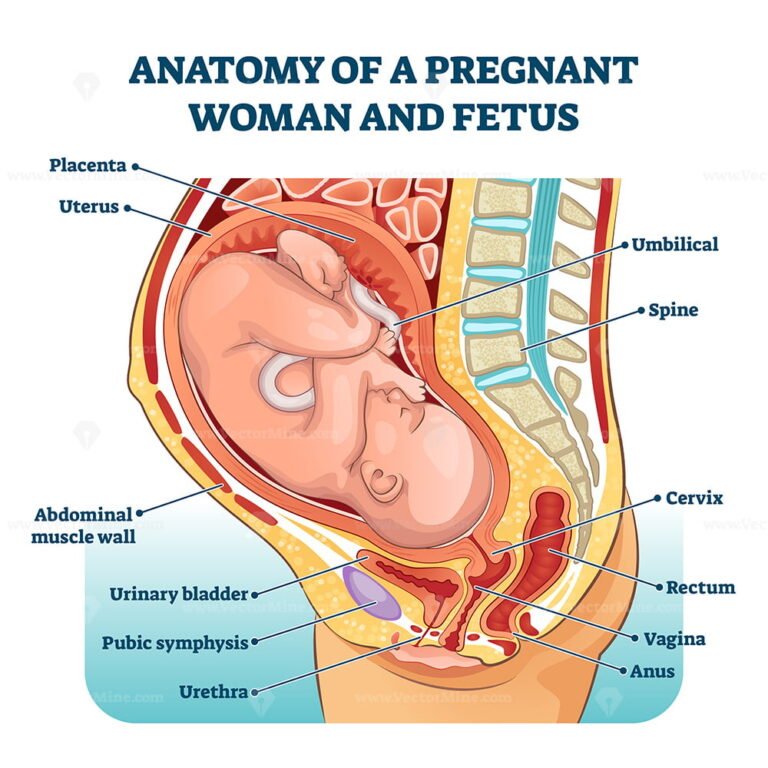 Learn what happens to your body during pregnancy and labour.
Learn what happens to your body during pregnancy and labour.
Read more on Pregnancy, Birth & Baby website
Disclaimer
Pregnancy, Birth and Baby is not responsible for the content and advertising on the external website you are now entering.
OKNeed further advice or guidance from our maternal child health nurses?
1800 882 436
Video call
- Contact us
- About us
- A-Z topics
- Symptom Checker
- Service Finder
- Linking to us
- Information partners
- Terms of use
- Privacy
Pregnancy, Birth and Baby is funded by the Australian Government and operated by Healthdirect Australia.
Pregnancy, Birth and Baby is provided on behalf of the Department of Health
Pregnancy, Birth and Baby’s information and advice are developed and managed within a rigorous clinical governance framework. This website is certified by the Health On The Net (HON) foundation, the standard for trustworthy health information.
This site is protected by reCAPTCHA and the Google Privacy Policy and Terms of Service apply.
This information is for your general information and use only and is not intended to be used as medical advice and should not be used to diagnose, treat, cure or prevent any medical condition, nor should it be used for therapeutic purposes.
The information is not a substitute for independent professional advice and should not be used as an alternative to professional health care. If you have a particular medical problem, please consult a healthcare professional.
Except as permitted under the Copyright Act 1968, this publication or any part of it may not be reproduced, altered, adapted, stored and/or distributed in any form or by any means without the prior written permission of Healthdirect Australia.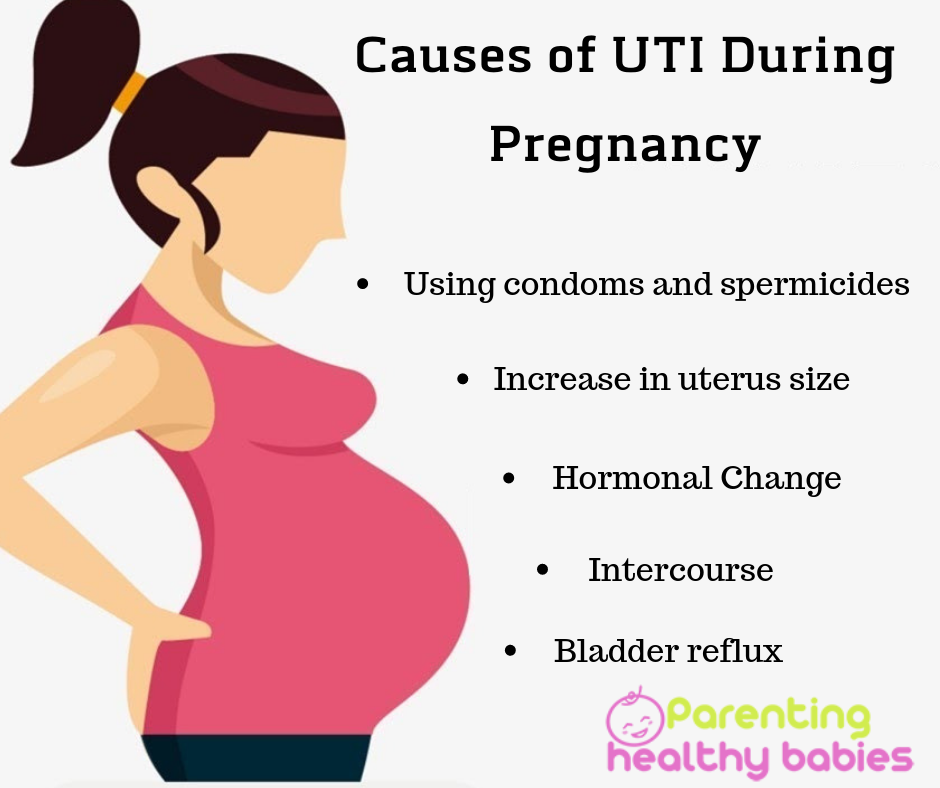
Support this browser is being discontinued for Pregnancy, Birth and Baby
Support for this browser is being discontinued for this site
- Internet Explorer 11 and lower
We currently support Microsoft Edge, Chrome, Firefox and Safari. For more information, please visit the links below:
- Chrome by Google
- Firefox by Mozilla
- Microsoft Edge
- Safari by Apple
You are welcome to continue browsing this site with this browser. Some features, tools or interaction may not work correctly.
symptoms in the early stages, in the second and third trimesters, what to do, how to determine
So what is this “increased uterine tone”, why does it occur, does it really harm the child and how can it be prevented? Let's find out.
What is uterine tone
Let's start with the anatomy: the uterus is made of muscle tissue, and any muscle can be in a relaxed and tense state - tone.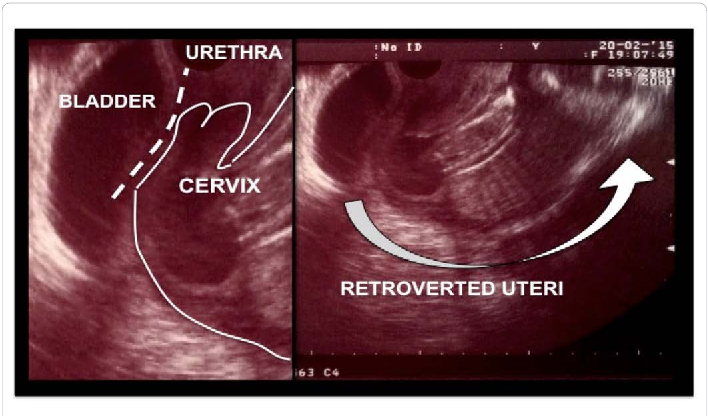 (1) In a non-pregnant woman, the uterus contracts during menstruation. During childbirth, these contractions help the baby to be born. nine0003
(1) In a non-pregnant woman, the uterus contracts during menstruation. During childbirth, these contractions help the baby to be born. nine0003
— Uterine contractions are usually irregular, relatively painless, and resolve spontaneously without medical intervention. Sometimes the tone of the uterus rises, this is normal - for example, in the last weeks of the term, when training contractions begin in a pregnant woman, obstetrician-gynecologist Laysan Ibatullina tells .
If the period is still short, and the tone of the uterus persists for a long time, this may cause a threat of termination of pregnancy or premature birth. Uterine hypertonicity can provoke rejection of the ovum or deterioration of uteroplacental blood flow, which is fraught with intrauterine hypoxia (lack of oxygen) of the fetus. nine0003
Symptoms of uterine tone during pregnancy
— The following symptoms indicate that you have an increased tone: mild pain, tension, feeling of a “stone” in the lower abdomen.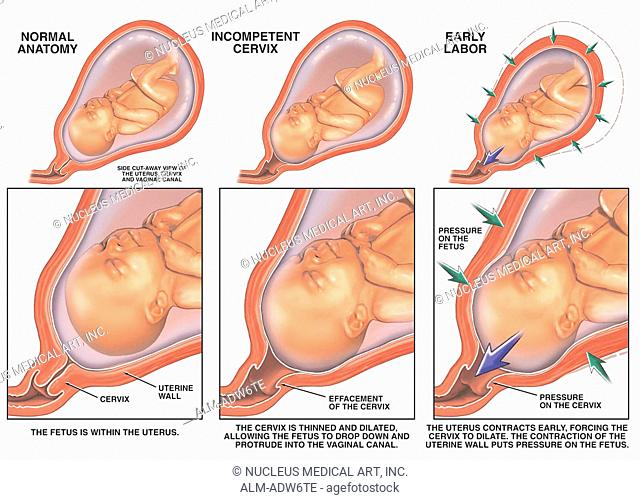 To relieve discomfort, it is often enough for a woman to relax, take a comfortable position. In the West, doctors consider hypertonicity to be a physiological condition (unless, of course, there is severe pain and discomfort passes quickly). The uterus contracts when we laugh or sneeze when we are stressed. Even during an examination on a gynecological chair, a woman is a little nervous, and her uterus comes into tone. It is possible to judge an increased tone as a norm or pathology, depending on its duration. If the tension lasts for a long time, the pulling pain in the abdomen and lower back does not go away, the pregnant woman needs urgent medical care, explains obstetrician-gynecologist Laysan Ibatullina .
To relieve discomfort, it is often enough for a woman to relax, take a comfortable position. In the West, doctors consider hypertonicity to be a physiological condition (unless, of course, there is severe pain and discomfort passes quickly). The uterus contracts when we laugh or sneeze when we are stressed. Even during an examination on a gynecological chair, a woman is a little nervous, and her uterus comes into tone. It is possible to judge an increased tone as a norm or pathology, depending on its duration. If the tension lasts for a long time, the pulling pain in the abdomen and lower back does not go away, the pregnant woman needs urgent medical care, explains obstetrician-gynecologist Laysan Ibatullina .
In the early stages - the first trimester
In the early stages, hypertonicity may occur due to a lack of progesterone, a hormone that plays an important role in conception and the development of pregnancy.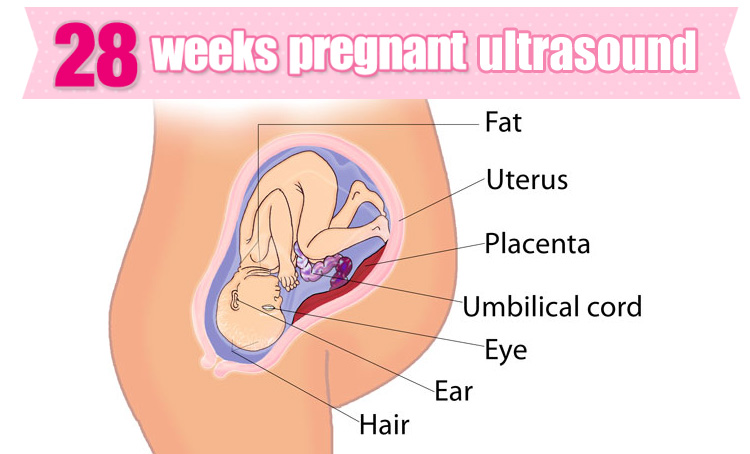 Progesterone prevents the uterus from actively contracting, because this can cause a miscarriage. Also, increased tone can cause inflammation, fibroids or endometriosis in a pregnant woman.
Progesterone prevents the uterus from actively contracting, because this can cause a miscarriage. Also, increased tone can cause inflammation, fibroids or endometriosis in a pregnant woman.
In the first trimester, increased tone is indicated by pain or a feeling of heaviness in the lower abdomen (pain may radiate to the groin, sacrum or lower back). Especially the expectant mother should be alerted by spotting or if the pain and discomfort do not subside. nine0003
- In the early stages, the main symptoms of uterine tone are pulling pain and heaviness that occurs in the lower abdomen. In the second, as well as the third trimester, the tone of the uterus can already be observed: the stomach becomes hard and shrinks, while the uterus seems to “harden,” explains doctor Laysan Ibatullina . - In the early stages, hypertonicity can lead to fetal death if you do not seek help from specialists in time. Due to the tense muscles of the uterus, the vessels of the umbilical cord are in a compressed position, oxygen is supplied to the fetus in insufficient quantities, and hypoxia develops.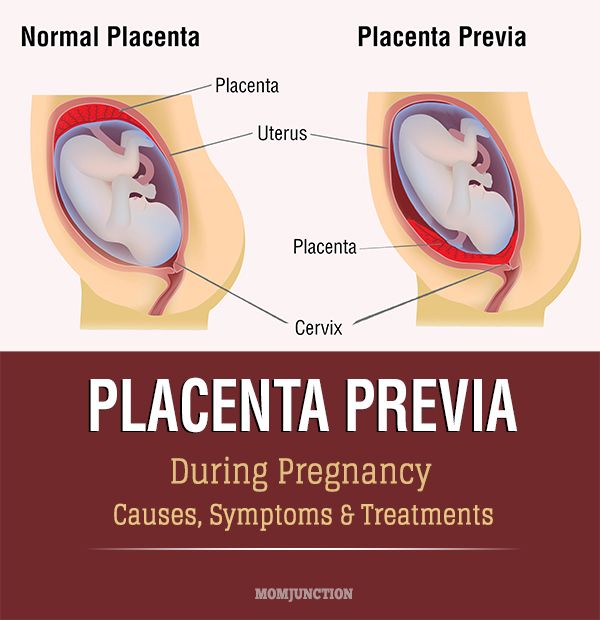 For the same reason, the child does not fully receive the nutrients necessary for its development, which can provoke the appearance of malnutrition. In other words, the child stops growing. nine0003
For the same reason, the child does not fully receive the nutrients necessary for its development, which can provoke the appearance of malnutrition. In other words, the child stops growing. nine0003
Second trimester
In the second trimester of pregnancy, the child actively grows and develops, so it can put pressure on the uterus and internal organs, hence the increased tone. Hypertonicity can also be caused by polyhydramnios, and Rhesus conflict, and an irregular shape of the uterus, if the child is too large or the expectant mother is expecting twins.
— A pregnant woman should not perceive a high uterine tone as a tragedy. But this is a great reason to be more attentive to your health, reconsider your daily routine, and get more rest, - the specialist is sure. nine0003
Third trimester
— In the third trimester of pregnancy, uterine tone can cause miscarriage or premature birth. Bleeding may also open, which is very dangerous for both the fetus and the woman herself.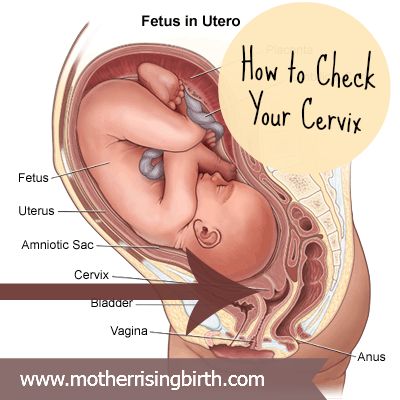 In such cases, you should immediately seek medical help, explains obstetrician-gynecologist Laysan Ibatullina .
In such cases, you should immediately seek medical help, explains obstetrician-gynecologist Laysan Ibatullina .
How to distinguish hypertonicity from training contractions
In late pregnancy, when the body begins to prepare for childbirth, a pregnant woman begins training contractions (Braxton-Hicks contractions) (2). This is a natural physiological state that should not frighten the expectant mother, but tell her that the baby is ready to be born soon. nine0003 Photo: pixabay.com
- The state is considered normal when the uterus begins to contract slightly and with a certain frequency. These are training contractions that occur 1-2 weeks before delivery. Their main difference from hypertonicity is that they are painless, short-term and irregular. Training contractions are not considered a pathology and do not require treatment. Their duration can be up to one minute or several seconds, and they can be repeated after 4-5 hours. Rarely, some women experience quite severe pain during such contractions.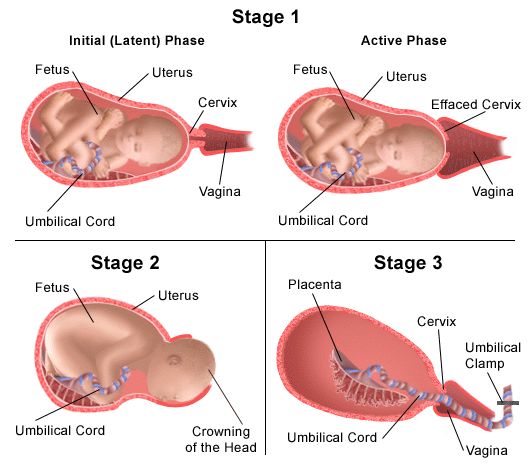 And most expectant mothers simply do not notice them, - the specialist notes. nine0003
And most expectant mothers simply do not notice them, - the specialist notes. nine0003
How to remove the tone of the uterus during pregnancy
If the increased tone of the uterus is not caused by serious pathologies and does not threaten the life and health of the unborn baby, it is easy to remove it.
Most often it is enough to lie down for half an hour, relax and listen to your inner state. Sometimes a doctor may prescribe bed rest or limit physical activity.
Phytotherapy also helps to relieve increased tone (be sure to consult your doctor before use!). Valerian infusion relieves spasms well - 25-30 drops half an hour before meals. Tea with lemon balm or mint helps, you can use a mix of mint with valerian or motherwort. A lamp with aromatic oils, such as vanilla, jasmine, rose or chamomile, helps to relax - the main thing is not to overdo it. In the second and third trimester, special therapeutic exercises can help. But if it is allowed for you, you should ask the doctor. nine0003
nine0003
Diagnosis
An increased tone of the uterus during pregnancy is usually detected during a routine examination by an obstetrician-gynecologist. First, the doctor palpates the uterus. With increased tone, the doctor feels a seal, and sometimes even petrification. If necessary, the specialist prescribes an ultrasound scan, which will help assess the condition of the cervix - whether there is a premature opening, whether there is a threat of termination of pregnancy. Depending on the situation, the doctor will prescribe rest for the pregnant woman, special drugs, or write out a referral for hospitalization. nine0003
Medications
— In order to bring the uterine muscles into a relaxed state, papaverine, no-shpu, is often prescribed. It is permissible in this condition to use Magne-B6, - explains the obstetrician Laysan Ibatullina. - In each case, it is important to identify the cause of the increased tone of the uterus. If it is observed due to insufficient production of the "hormone of pregnancy", the doctor may prescribe the use of drugs such as "Utrozhestan", "Dufaston".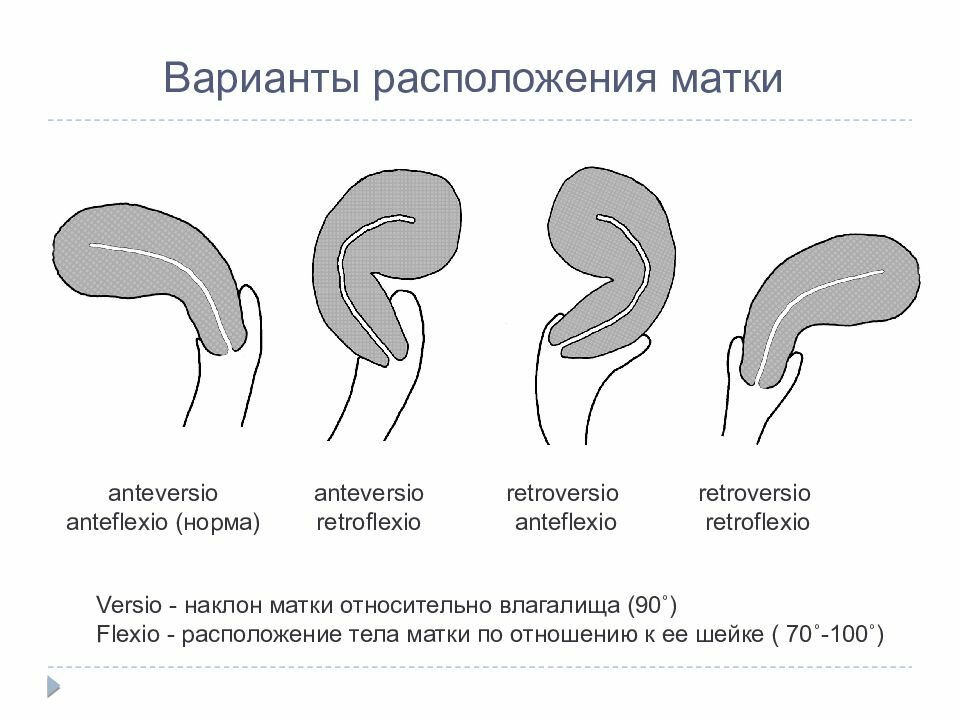 In the presence of bloody discharge from the genital tract, one cannot do without hemostatic drugs - Dicinon, Tranexam and others. nine0003 Photo: @mart-production, pexels.com
In the presence of bloody discharge from the genital tract, one cannot do without hemostatic drugs - Dicinon, Tranexam and others. nine0003 Photo: @mart-production, pexels.com
Prevention of uterine tone during pregnancy
— Prevention of uterine hypertonicity during pregnancy is simple: you need to work less, avoid serious physical exertion, eat right, follow all the recommendations of your doctor. It is important to sleep 8-10 hours a day, because proper rest is very important during pregnancy. Of course, the expectant mother should get rid of bad habits - smoking and drinking alcohol, which negatively affect the health and development of the child, can even provoke the development of pathologies in the fetus or miscarriage. Stay away from sick people, do not forget to undergo ultrasound and other examinations on time, take all the necessary tests. Remember that a pregnant woman should in no case be worried and nervous, explains obstetrician-gynecologist Laysan Ibatullina.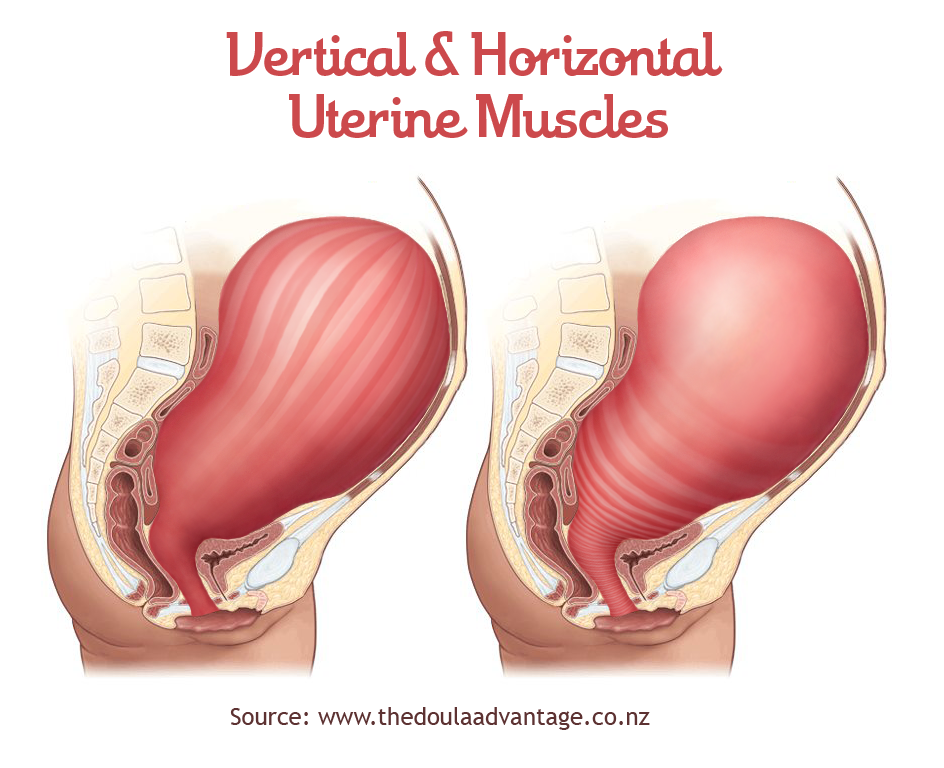 - In order for the uterus not to be subjected to heavy stress, it needs support. There is a special bandage for pregnant women, comfortable clothes and underwear. A bandage is an excellent prevention of the appearance of uterine tone. nine0003
- In order for the uterus not to be subjected to heavy stress, it needs support. There is a special bandage for pregnant women, comfortable clothes and underwear. A bandage is an excellent prevention of the appearance of uterine tone. nine0003
When you need to go to the hospital
Most often, increased uterine tone can be removed at home with the help of antispasmodics and bed rest. But if the attending physician suggested hospitalization, the pregnant woman has bloody discharge and severe pain, you need to go to the hospital (3). There, the expectant mother will be under the constant supervision of doctors, they will conduct all the necessary examinations, prescribe injections and droppers that effectively relieve hypertonicity.
— In case of pulling pain in the lower abdomen, you should immediately drink a No-shpa tablet and lie down. If during the day the pain does not subside or becomes stronger, be sure to call an ambulance, ”the doctor explains. nine0003
Popular questions and answers
Uterine tone is not the most dangerous, but very unpleasant condition.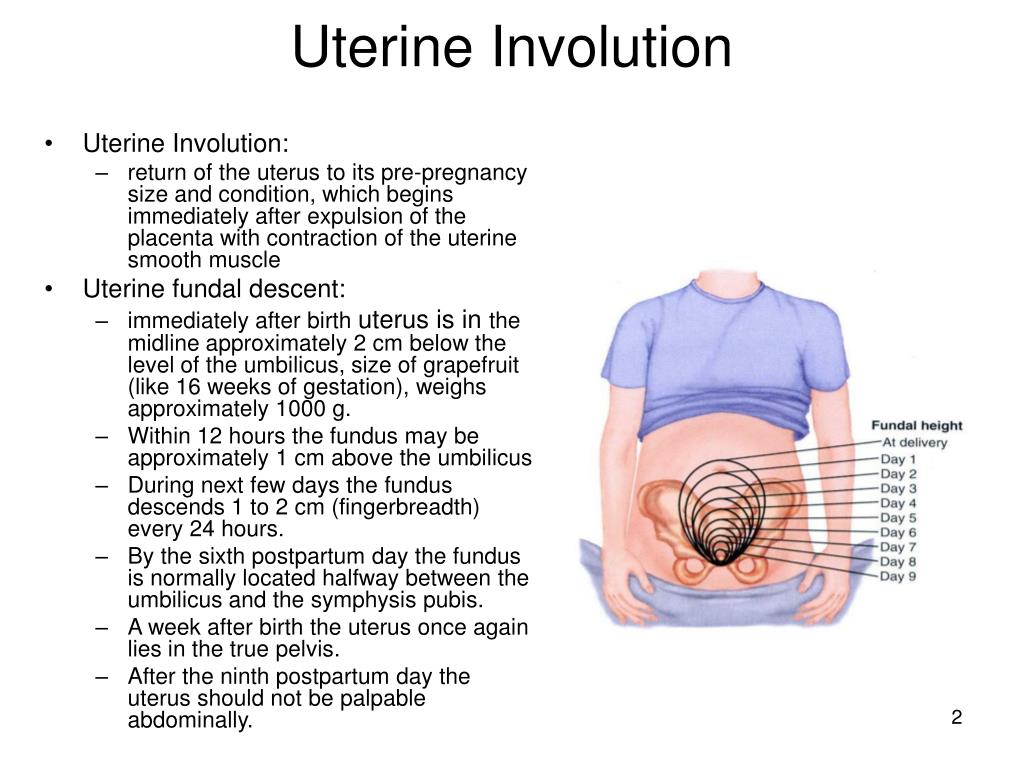 With a gynecologist, we will answer the most popular questions that worry expectant mothers.
With a gynecologist, we will answer the most popular questions that worry expectant mothers.
Does nutrition affect uterine tone?
Some foods may help increase uterine tone.
Legumes, cabbage, sour milk products, dried fruits and the like affect gas formation. Since the uterus and intestines are in close proximity to each other, discomfort can be felt both there and there. nine0003
Nuts and mushrooms. The vegetable protein contained in them is heavily processed by the body. In addition, mushrooms tend to accumulate toxic substances in themselves and can be dangerous to the health of a woman and fetus.
Undercooked meat, raw eggs. Not recommended due to the risk of poisoning and the possibility of intestinal infection.
Coffee and strong tea. The caffeine contained in them can help increase tone.
Of course, when choosing a diet, it is important to be guided by common sense. For example, if the expectant mother is used to drinking coffee in the morning, it is not necessary to give up this pleasure. One cup will definitely not hurt, and if you are afraid, you can dilute it with milk or cream. There is also nothing wrong with the fact that a woman will eat some dried fruits or drink a glass of kefir. The main thing in everything is to know the measure. nine0003
One cup will definitely not hurt, and if you are afraid, you can dilute it with milk or cream. There is also nothing wrong with the fact that a woman will eat some dried fruits or drink a glass of kefir. The main thing in everything is to know the measure. nine0003
Is it possible to have sex with hypertonicity?
Increased uterine tone is a direct contraindication for sexual intercourse. During orgasm, the uterus contracts more strongly, respectively, spasms intensify. Therefore, during this period, it is necessary to refrain from intimacy. Permission to resume sexual relations must be given by a doctor after an examination.
Is it possible to go in for sports with increased uterine tone?
Sport during pregnancy is useful, but you don't need to overload yourself. Classes should be moderate: gymnastics, yoga, exercises, water aerobics and the like. With hypertonicity, it is better to postpone sports until the uterus “calms down”.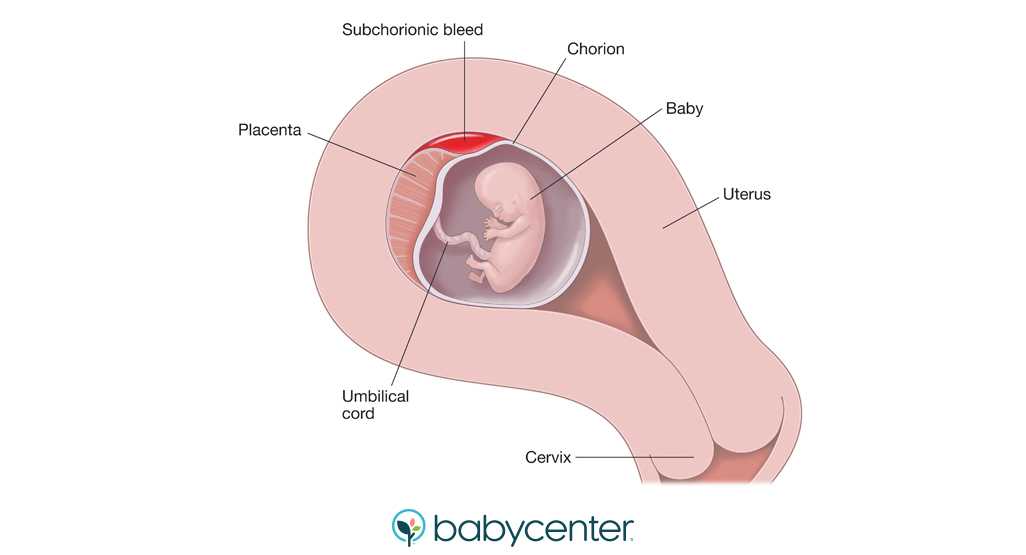 But there is one exercise recommended for relieving spasm: cat pose. nine0003
But there is one exercise recommended for relieving spasm: cat pose. nine0003
Get on all fours with your back arched. Inhale deeply while raising your head. Try to relax your facial muscles while holding the backbend. Arch your back to the opposite side, lowering your head as you exhale. Do 3-4 sets.
Then you need to lie down and rest. Exercise helps to reduce tone and is useful at any stage of pregnancy.
Sources
- Savelyeva G.M., Kulakov V.I., Strizhakov A.N. Obstetrics / 2000
- Buzumova Zh.O., Bazarbaeva Zh.U., Nurmanalieva E.B., Kanigaeva A.M., Seksenova A.B. Problems of false contractions in modern obstetrics / 2018
- Kulakov V.I., Prilepskaya V.N., Radzinsky V.E. Guidelines for outpatient care in obstetrics and gynecology / 2007
Uterine tone during pregnancy. Danger or the norm?
Every second woman in position is faced with such a definition as uterine tone or, as doctors say, hypertonicity. nine0003
nine0003
Discussions about uterine tone have been going on for a long time. Some experts believe that hospitalization for hypertension is not necessary, others believe that it is better to play it safe. Basically, hypertonicity does not pose a threat to the expectant mother and her baby, but there are exceptions to the rule.
Hypertonicity or uterine tone - what is it?
Initially, you need to understand what a "womb" is and how it works. You can imagine it as a hollow organ, the walls of which are built from muscle tissue. nine0003
The uterus consists of three layers:
- Outside is the serous membrane
- Inside is the mucous membrane
- In the center is the muscle tissue - myometrium
Ever since school, everyone knows that the main task of the muscles is contraction. The myometrium is responsible for contractions, which is the main function of childbirth. If a woman in a position is in a calm state, then the myometrium should not cause discomfort with contractions. The uterus gradually stretches as the embryo grows. If contractions occur before the onset of labor, then this may mean the tone of the uterus and you should immediately go to the doctor. nine0003
The uterus gradually stretches as the embryo grows. If contractions occur before the onset of labor, then this may mean the tone of the uterus and you should immediately go to the doctor. nine0003
Most experts believe that uterine tone is a phenomenon that is not a threat to the unborn child. Hypertonicity can manifest itself as a result of having sex or during stress.
Possible threat of uterine tone
Most pregnant women immediately notice if the hypertonicity has become prolonged. It can often be accompanied by feeling unwell, strange discharge, and other unusual symptoms. In this case, you should immediately contact a specialist and establish the cause of the ailment. You also need to know the really serious causes of prolonged tone. nine0003
- First three months of pregnancy. Since the fetus is still poorly fixed on the walls of the uterus, a prolonged tone can provoke a miscarriage.
- Second and third trimester of pregnancy. Prolonged uterine tone in the later stages can cause premature birth.
